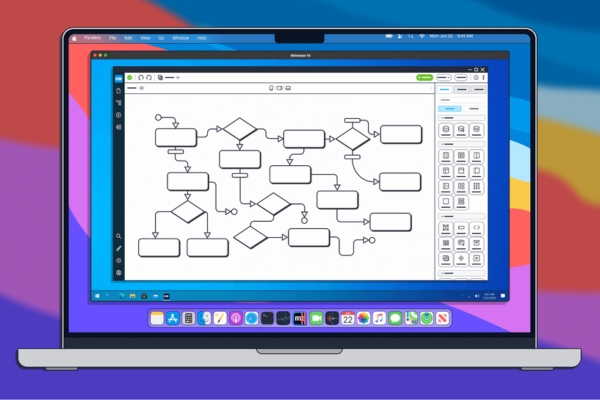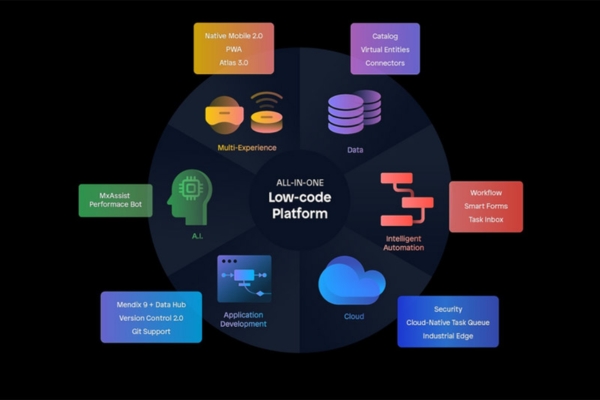Low-code platforms have moved beyond being the newcomers in the tech landscape. By 2025, it’s projected that 70% of new applications will emerge from no-code or low-code solutions, highlighting low-code’s vital role in enterprise app development.
As you think about integrating low-code, what’s fueling those discussions? Is it a clear understanding of its current capabilities, or are lingering misconceptions from the past still influencing your perspective?
There are numerous low-code myths recently. If you’re relying on outdated beliefs, you might be hindering your progress. Let’s uncover and address those myths.

1. Low-code is only for simple applications
Many people associate low-code with basic automation and believe it’s inadequate for more complex tasks. While this may hold true for certain no-code platforms, it’s not the full picture.
Platforms like Mendix are capable of addressing even the most sophisticated use cases in enterprise environments. Need to develop customer portals? No problem. Want to integrate diverse data sources? Absolutely feasible.
A prime example is Schwarz Group, which leveraged Mendix to create a decentralized development capability, effectively digitizing processes across its retail value chain.
2. Low-code limits my deployment options
Your requirements are unique. Whether you prefer a public cloud, need a private cloud, want to secure everything on-premises, or have other preferences, your enterprise deserves a platform that meets your current needs while also offering flexibility for the future.
Consider how your future use cases and desired endpoints can influence your platform choice. While it’s true that some low-code platforms may have limited flexibility, don’t generalize this to all platforms.
3. Low-code doesn’t play nicely with sensitive data
Data is one of your most valuable assets. It informs your decisions and shapes your experiences, and it plays a crucial role in leveraging artificial intelligence and GenAI.
Equally important is the security of that data. You can’t afford to compromise it, so any platform that risks exposing your data is not a viable option.
Low-code platforms that fail to securely consolidate and synthesize your data won’t enable you to maximize its potential. While some may fall short, others excel in this area.
4. Low-code is merely a tool for business users to experiment with
The terms “low-code” and “citizen development” are frequently mentioned together, and for good reason. Low-code platforms streamline the development process, and citizen developers have a long history of creating solutions with them. However, if you’re only leveraging low-code for this purpose, you’re not fully unlocking its potential.




